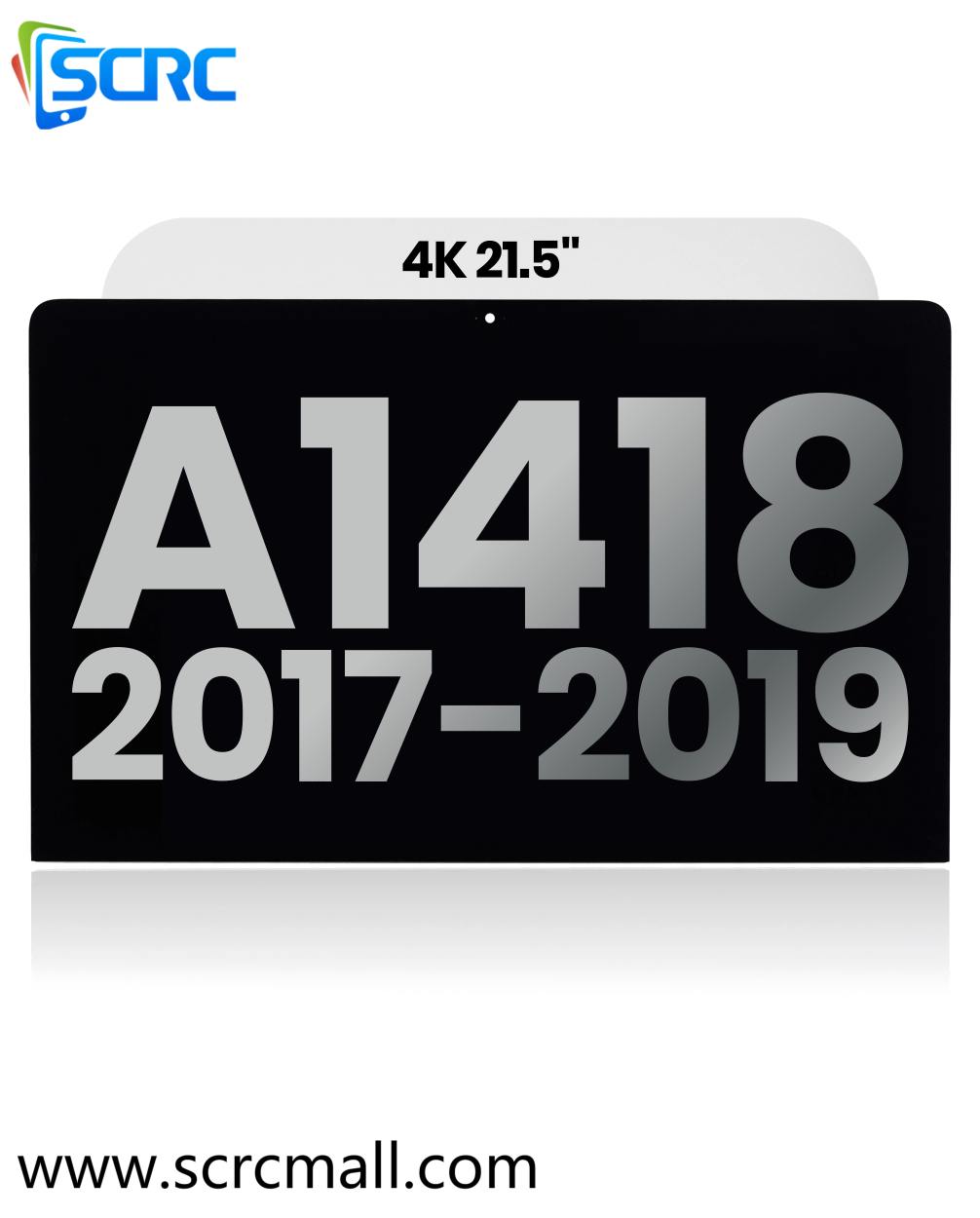Components of LCD Display Assembly for iMac
2024-06-15
The LCD display assembly for an iMac refers to the complete unit that includes the LCD screen, backlighting, frame, and sometimes the glass cover. It's a crucial component that provides the visual output for the iMac computer. Here’s a detailed overview of what the LCD display assembly for an iMac entails:
Components of LCD Display Assembly for iMac
1. LCD Screen:
- Panel Type: Typically uses an LED-backlit LCD (Liquid Crystal Display) panel.
- Resolution: Varies depending on the iMac model, ranging from standard HD to Retina displays with high pixel density for sharp images.
2. Backlighting:
- LED Backlight: Provides illumination for the LCD panel, ensuring brightness and contrast in the displayed images.
- Brightness Control: Adjustable brightness settings controlled by the iMac’s operating system.
3. Frame and Housing:
- Chassis: Structural frame that houses the LCD panel, backlight, and other internal components.
- Bezel: Surrounds the LCD screen and may include the iSight camera, microphone, and ambient light sensor (depending on the iMac model).
4. Glass Cover (Optional):
- Some iMac models have a protective glass cover over the LCD screen for additional durability and aesthetics.
- The glass cover is typically bonded to the LCD assembly and may require replacement if damaged.
5. Connectors and Cables:
- LVDS Cable: Connects the LCD panel to the logic board, transmitting video signals.
- Power Cables: Provide power to the backlight and other components within the display assembly.
6. Temperature Sensors and Fans:
- Thermal Management: Includes temperature sensors and fans to regulate the operating temperature of the LCD display assembly.
Functionality and Use
- Visual Output: Displays the graphical user interface (GUI) and content from the iMac’s operating system.
- User Interaction: Enables users to interact with applications, view multimedia content, and perform tasks on the iMac.
- Integration: Integrated with the iMac’s hardware and software ecosystem for seamless operation.
Replacement and Repair Considerations
- Professional Service: Due to the complexity of disassembling and reassembling the iMac, replacing the LCD display assembly is typically performed by authorized service providers or experienced technicians.
- Compatibility: Ensure replacement parts are compatible with the specific iMac model (e.g., screen size, resolution, connector types).
- Warranty and Support: Repairs may affect warranty status, so it's advisable to check with Apple or authorized service providers.
Common Issues and Troubleshooting
- Screen Damage: Cracks, scratches, or dead pixels may necessitate LCD assembly replacement.
- Backlight Issues: Dim or uneven backlighting may require replacement of the backlight components or the entire assembly.
- Connection Problems: Loose or damaged cables/connectors can cause display issues.
Future Trends
- Advancements in Display Technology: Continual improvements in display resolution, color accuracy, and energy efficiency.
- Integration with Touch and AI: Potential integration of touchscreen capabilities and AI-driven enhancements for user interaction and system performance.
- Modularity: Efforts towards modular designs for easier repairability and component upgrades.
In conclusion, the LCD display assembly is a vital component of the iMac, providing visual output and user interaction. Understanding its components, functionality, and considerations for replacement helps ensure optimal performance and longevity of the iMac’s display system.



